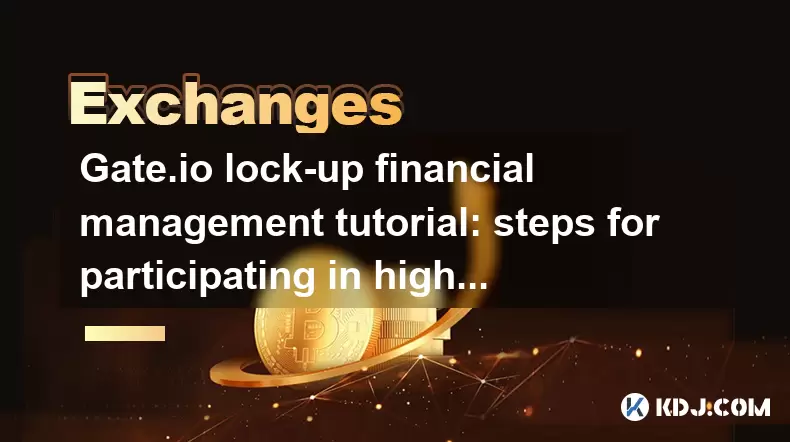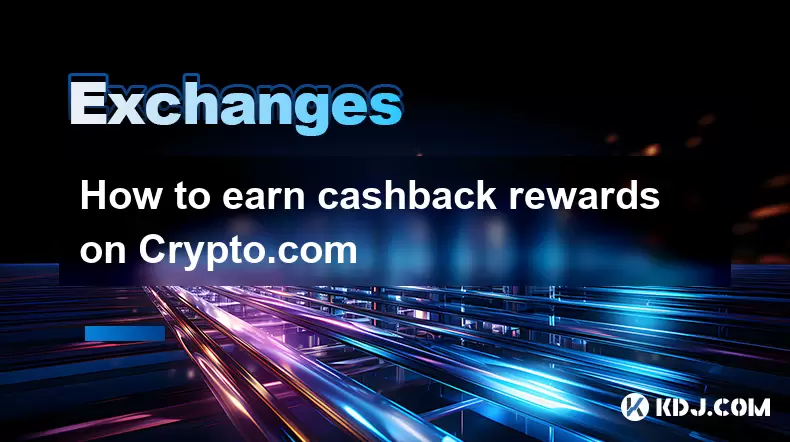-
 Bitcoin
Bitcoin $118600
-2.59% -
 Ethereum
Ethereum $4282
-0.42% -
 XRP
XRP $3.129
-4.21% -
 Tether USDt
Tether USDt $0.0000
0.01% -
 BNB
BNB $805.4
-1.80% -
 Solana
Solana $174.3
-5.77% -
 USDC
USDC $0.9998
-0.01% -
 Dogecoin
Dogecoin $0.2230
-6.33% -
 TRON
TRON $0.3466
1.70% -
 Cardano
Cardano $0.7745
-5.73% -
 Chainlink
Chainlink $21.37
-3.53% -
 Hyperliquid
Hyperliquid $42.93
-7.25% -
 Stellar
Stellar $0.4324
-4.94% -
 Sui
Sui $3.660
-7.17% -
 Bitcoin Cash
Bitcoin Cash $591.6
2.72% -
 Hedera
Hedera $0.2467
-7.04% -
 Ethena USDe
Ethena USDe $1.001
0.00% -
 Avalanche
Avalanche $22.92
-6.14% -
 Litecoin
Litecoin $118.8
-3.79% -
 Toncoin
Toncoin $3.378
-0.46% -
 UNUS SED LEO
UNUS SED LEO $9.011
-1.15% -
 Shiba Inu
Shiba Inu $0.00001294
-5.81% -
 Uniswap
Uniswap $11.24
0.53% -
 Polkadot
Polkadot $3.870
-6.16% -
 Cronos
Cronos $0.1662
-1.68% -
 Dai
Dai $1.000
0.02% -
 Ethena
Ethena $0.7915
-5.62% -
 Bitget Token
Bitget Token $4.414
-1.65% -
 Monero
Monero $259.3
-3.85% -
 Pepe
Pepe $0.00001120
-8.29%
Gate.io lock-up financial management tutorial: steps for participating in high-yield projects and redemption
"Lock up your crypto on Gate.io for higher yields, but be mindful of risks like market volatility and liquidity constraints."
Jun 13, 2025 at 12:43 am

What Is Gate.io Lock-Up Financial Management?
Gate.io is one of the world’s leading cryptocurrency exchanges, offering users a variety of financial products. Lock-up financial management refers to a type of investment product where users deposit their digital assets for a fixed period in exchange for interest or yield. These products are designed to provide higher returns compared to standard savings accounts, but they often come with restrictions on early withdrawal.
The primary mechanism behind lock-up financial management involves staking or locking up your crypto assets within the platform's system for a predetermined time. During this period, you cannot access the locked funds, but you will receive periodic rewards based on the annualized rate offered by the project.
Steps to Participate in High-Yield Projects on Gate.io
To participate in high-yield projects via Gate.io’s lock-up financial management system, follow these steps:
- Log in to your Gate.io account: Ensure that two-factor authentication (2FA) is enabled for security.
- Navigate to the “Earn” section: Located at the top menu bar, click on “Earn” > “Flexible & Fixed Staking”.
- Select the “Fixed” tab: This section contains all the available lock-up financial management options.
- Choose a high-yield project: Browse through the list and select a project that matches your risk appetite and investment horizon. Pay attention to the APY (Annual Percentage Yield) displayed next to each option.
- Review the terms and conditions: Make sure to read the lock-up duration, minimum investment amount, and redemption rules before proceeding.
- Enter the amount you wish to invest: Confirm that you have sufficient balance in your spot wallet.
- Confirm the transaction: Click “Stake” and wait for the confirmation message indicating successful participation.
Once completed, your assets will be locked for the selected period, and earnings will begin accumulating according to the schedule specified in the project details.
Redemption Process: How to Unlock Your Funds
When the lock-up period ends, you can redeem your funds manually or automatically, depending on the project settings. Here’s how to proceed:
- Go back to the “Earn” section: Access “Flexible & Fixed Staking” again.
- Locate your staked asset under the “Fixed” tab: Look for the “Status” column, which should now indicate that the lock-up has ended.
- Click “Redeem”: Some projects may offer an auto-renewal option; make sure to disable it if you do not wish to reinvest.
- Confirm the redemption: Once confirmed, the principal plus accrued interest will be transferred to your spot wallet within minutes.
If the project allows early redemption, note that there may be penalties or reduced returns. Always check the redemption fee and conditions before initiating the process.
Risks and Considerations Before Investing
While participating in high-yield lock-up projects on Gate.io can be lucrative, several risks must be evaluated:
- Market volatility: The value of your principal may fluctuate due to market conditions, even though it is locked up.
- Liquidity constraints: Since funds are locked, you won’t be able to use them during emergencies unless you opt for early withdrawal (if allowed).
- Platform risk: Although Gate.io is reputable, always assess the credibility of the underlying project and its smart contracts if applicable.
- Regulatory changes: Cryptocurrency regulations vary by jurisdiction, and sudden legal changes could impact your investment.
Before committing funds, consider reviewing the project documentation, team background, and audit reports if available. It is also advisable to only invest what you can afford to lose.
Managing Earnings and Reinvestment Strategies
After your lock-up period ends and your funds are redeemed, you can choose to either withdraw the proceeds or reinvest them into another high-yield opportunity. Here’s how to manage your earnings effectively:
- Check your spot wallet regularly: Monitor when your interest payments are credited after redemption.
- Withdraw profits or reinvest: If you're satisfied with the return, you can transfer the funds to another wallet or bank. Alternatively, explore other fixed-term staking opportunities on Gate.io.
- Use compounding strategies: By reinvesting both principal and interest, you can benefit from compound interest over time.
- Diversify across multiple projects: Avoid putting all your capital into a single lock-up product. Spread your investments across different assets and durations to mitigate risk.
Keep track of your transaction history and performance metrics using Gate.io’s built-in tools or third-party portfolio managers like CoinMarketCap or CoinGecko.
Frequently Asked Questions (FAQ)
Q1: Can I cancel my lock-up investment before the maturity date?
Some projects allow early cancellation, but doing so usually incurs a penalty. The interest earned might be reduced or nullified depending on the project’s policy.
Q2: How often are interest payments distributed?
Interest is typically paid out upon redemption at the end of the lock-up term. However, some projects may distribute rewards periodically—check the specific project details for clarity.
Q3: Are my funds insured if something goes wrong with the project?
Gate.io does not guarantee returns or protect against losses from failed projects. Users bear the risk associated with each investment decision.
Q4: What happens if the price of the staked token drops significantly during the lock-up period?
Although your number of tokens remains unchanged, their fiat value may decrease due to market fluctuations. This means your overall return in USD terms could be affected negatively.
Disclaimer:info@kdj.com
The information provided is not trading advice. kdj.com does not assume any responsibility for any investments made based on the information provided in this article. Cryptocurrencies are highly volatile and it is highly recommended that you invest with caution after thorough research!
If you believe that the content used on this website infringes your copyright, please contact us immediately (info@kdj.com) and we will delete it promptly.
- Memecoins, Corporate Treasury, and the New Frontier: A NYC Perspective
- 2025-08-12 14:30:13
- Dogecoin, Presale, Surge: Riding the Meme Coin Wave
- 2025-08-12 11:10:12
- Dogecoin, Tron, and the ROI Reality Check: What's a Crypto Investor to Do?
- 2025-08-12 11:15:12
- Ethereum Layer-2 Scaling Competition Heats Up as ETH Breaks $4K
- 2025-08-12 10:30:12
- China Regulation, Stablecoins, and BNB Presale: Navigating the Crypto Landscape
- 2025-08-12 11:30:12
- Meme Coins, Investment, and Token Burns: What's Hot in 2025?
- 2025-08-12 10:30:12
Related knowledge

How to use margin trading on Poloniex
Aug 08,2025 at 09:50am
Understanding Margin Trading on Poloniex

How to read the order book on KuCoin
Aug 10,2025 at 03:21pm
Understanding the Order Book Interface on KuCoinWhen accessing the order book on KuCoin, users are presented with a real-time display of buy and sell ...

How to read the order book on KuCoin
Aug 12,2025 at 02:28am
Understanding the Basics of Staking in CryptocurrencyStaking is a fundamental concept in the world of blockchain and cryptocurrencies, particularly wi...

How to set price alerts on Kraken
Aug 11,2025 at 08:49pm
Understanding Price Alerts on KrakenPrice alerts on Kraken are tools that allow traders to monitor specific cryptocurrency pairs for price movements. ...

How to earn cashback rewards on Crypto.com
Aug 12,2025 at 02:08am
Understanding Cashback Rewards on Crypto.comCashback rewards on Crypto.com are a feature designed to incentivize users to spend using their Crypto.com...

How to use advanced trading on Gemini
Aug 08,2025 at 04:07am
Understanding Advanced Trading on GeminiAdvanced trading on Gemini refers to a suite of tools and order types designed for experienced traders who wan...

How to use margin trading on Poloniex
Aug 08,2025 at 09:50am
Understanding Margin Trading on Poloniex

How to read the order book on KuCoin
Aug 10,2025 at 03:21pm
Understanding the Order Book Interface on KuCoinWhen accessing the order book on KuCoin, users are presented with a real-time display of buy and sell ...

How to read the order book on KuCoin
Aug 12,2025 at 02:28am
Understanding the Basics of Staking in CryptocurrencyStaking is a fundamental concept in the world of blockchain and cryptocurrencies, particularly wi...

How to set price alerts on Kraken
Aug 11,2025 at 08:49pm
Understanding Price Alerts on KrakenPrice alerts on Kraken are tools that allow traders to monitor specific cryptocurrency pairs for price movements. ...

How to earn cashback rewards on Crypto.com
Aug 12,2025 at 02:08am
Understanding Cashback Rewards on Crypto.comCashback rewards on Crypto.com are a feature designed to incentivize users to spend using their Crypto.com...

How to use advanced trading on Gemini
Aug 08,2025 at 04:07am
Understanding Advanced Trading on GeminiAdvanced trading on Gemini refers to a suite of tools and order types designed for experienced traders who wan...
See all articles

























































































